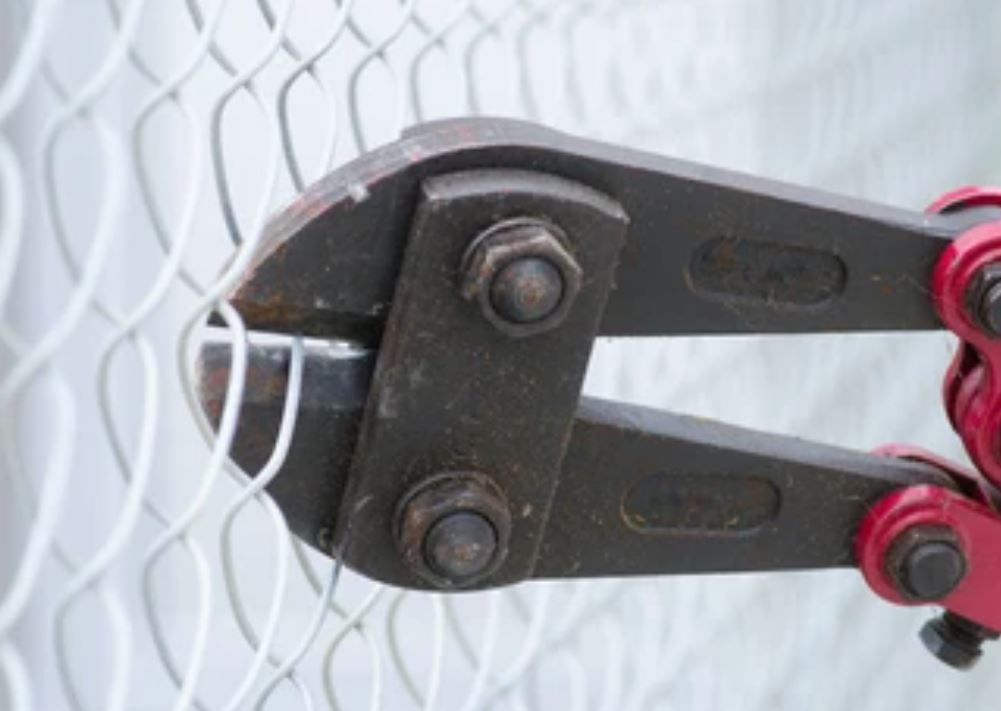OT Cybersecurity Made Simple with OneSense Platform

Enhancing OT Security and Efficiency with OneSense
Understanding IT vs. OT: A Critical Distinction
Operational Technology (OT) and Information Technology (IT) serve distinct roles in digital infrastructure. While IT manages data security, ensuring confidentiality, integrity, and availability, OT controls physical equipment and processes. The integration of IT and OT systems through Industrial IoT (IIoT) enables businesses to enhance efficiency, identify operational issues, and optimize workflows using real-time data.
Historically, OT cybersecurity was minimal, as systems were air-gapped and disconnected from the internet. However, with the rise of digital innovation (DI), IT and OT networks have converged, leading to fragmented security solutions that limit visibility and increase complexity.
Challenges in OT Security
Industrial Control Systems (ICS)—comprising SCADA (Supervisory Control and Data Acquisition) and DCS (Distributed Control Systems)—play a central role in OT environments. While SCADA systems collect distributed sensor data for centralized control, DCS solutions manage local production systems. IoT devices, relying on IP-based security, expose OT networks to cyber threats traditionally associated with IT systems.
Remote access by third-party vendors, emergency services, and infrastructure operators further expands the attack surface, making critical sectors vulnerable. Cybercriminals increasingly target OT networks, recognizing the potential for disruption and financial damage, with 74% of OT organizations reporting malware intrusions in the last year—impacting productivity, revenue, brand trust, and physical security.
OneSense: A Disruptive Security Paradigm
OneSense redefines OT security by eliminating vulnerabilities at the source rather than continuously defending against external threats. Unlike traditional IP-based security reliant on communications providers, OneSense independently secures devices, data channels, and platform endpoints—mitigating risks associated with user access-based attacks.
Devices within the OneSense platform are machine-configured, ensuring real-time data security while restricting exposure to user permissions. Businesses retain full control over analytics, reporting, and data access, with intelligent alerts and automation instantly detecting and responding to attempted intrusions.
Simplifying Security While Reducing Costs
With OneSense, organizations avoid the high cost and inefficiencies of layered cybersecurity models that require large-scale human engineering and reactive monitoring. Rather than continuously chasing security threats, businesses can operate with unmatched peace of mind, knowing their OT infrastructure is inherently protected.
The Future of Secure, Cost-Effective OT Operations
OneSense offers simplified configurations, seamless integration, and cost-effective security for device-driven data applications. This low-complexity, high-value approach represents the optimal choice for future-ready businesses.
Get started with OneSense today and secure your competitive advantage in a rapidly evolving digital landscape.
